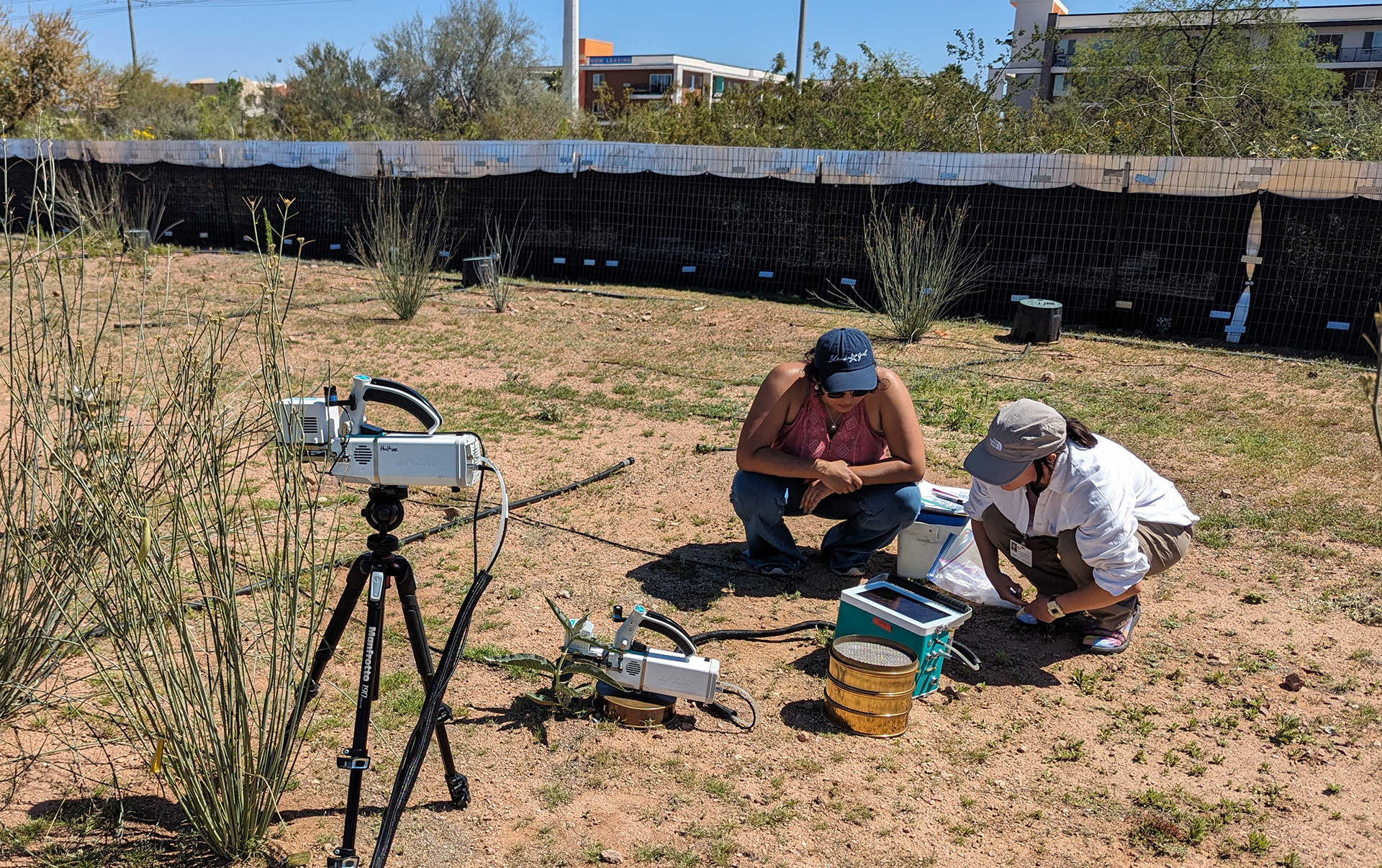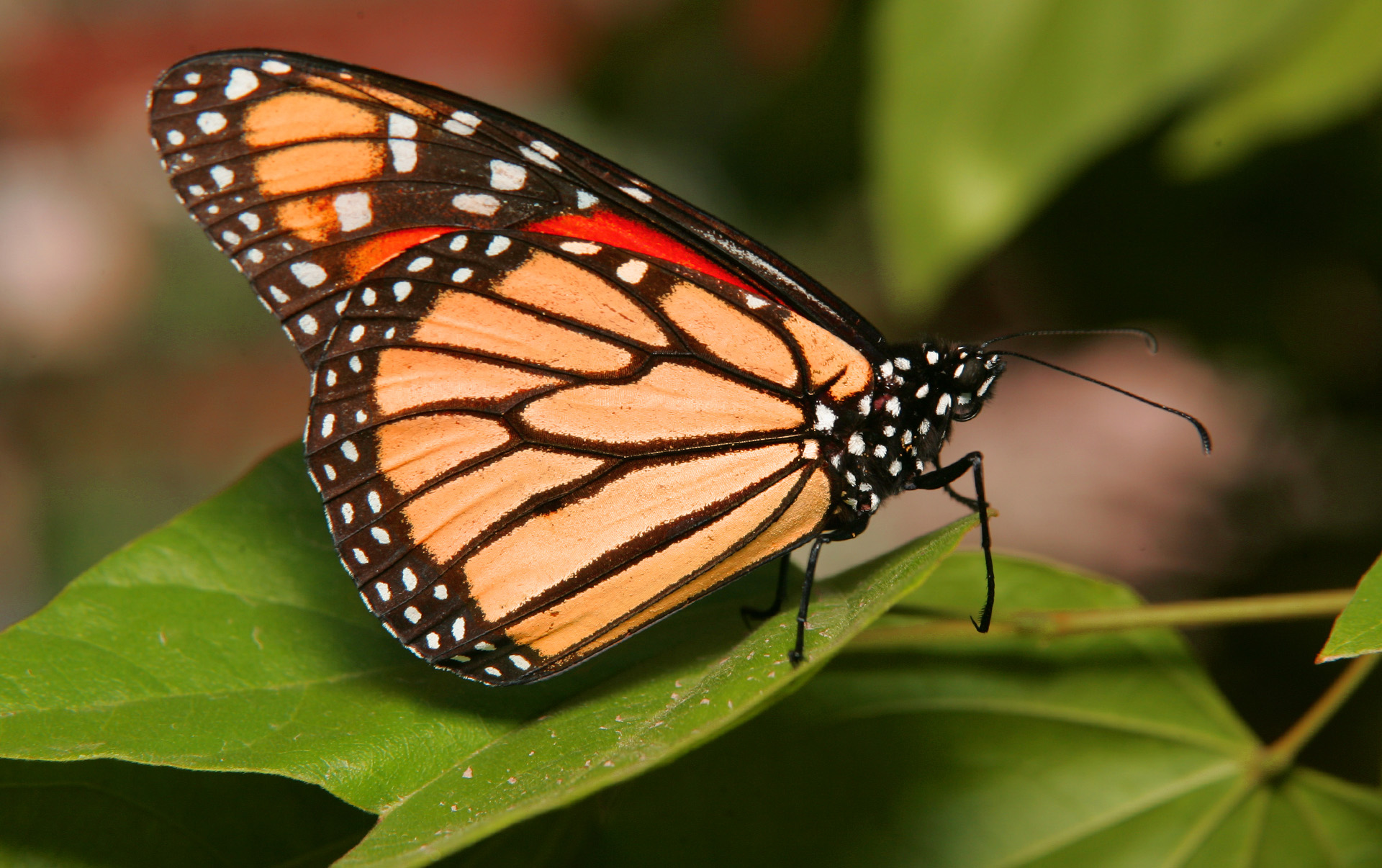When it comes to insect conservation, monarchs usually receive the most attention due to their popularity. We hear about them more than many other pollinators and insects, even though many insect species are likely at risk. This is because monarchs are widely recognizable and researchers can track their populations.
U.S. monarchs migrate to Mexico or California for the winter and this gathering of almost all the monarchs in the U.S. means researchers can get an estimate of their population every year. Every winter, we get to check how the population is doing that year.
This year, things are not looking good for the western flyway, which consists of monarchs that spend spring and summer west of the Rocky Mountains and overwinter along the California coast. This is the smaller of the two flyways in the U.S. and the one most at risk of extinction. The numbers this year, shared by The Xerces Society, show extinction is even more likely with only 9,119 butterflies counted, the second-lowest count since counting began in 1997 (the lowest being in the winter of 2020).
Experts estimate that an annual population count below 30,000 puts the western monarch migration at 99% chance of quasi-extinction. The recent recommendation by the U.S. Fish and Wildlife Service to list the monarch under the Endangered Species Act drives home that these migratory populations are at risk. This recommendation includes protection for areas of overwintering habitat in California, and a final decision will be made at the end of 2025.
How can you help? Continue to plant milkweed, plant nectar plants and reduce use of pesticides at your home. Some of the monarchs we see here in Arizona migrate to California (and Mexico), so supporting monarchs here is likely to support monarchs in California. The Garden also has its very own small overwintering population, which you can support with the same plants. Join the Garden in our efforts to track monarchs and milkweed in Arizona with our community science program, Desert Refuge.

The Garden’s monarch and pollinator conservation work is supported by Arizona Lottery Gives Back, U.S. Fish and Wildlife Service, Arthur L. and Elaine V. Johnson Foundation, Monarch Joint Venture with U.S. Forest Service International Programs and the Institute of Museum and Library Services Museums for America program.
